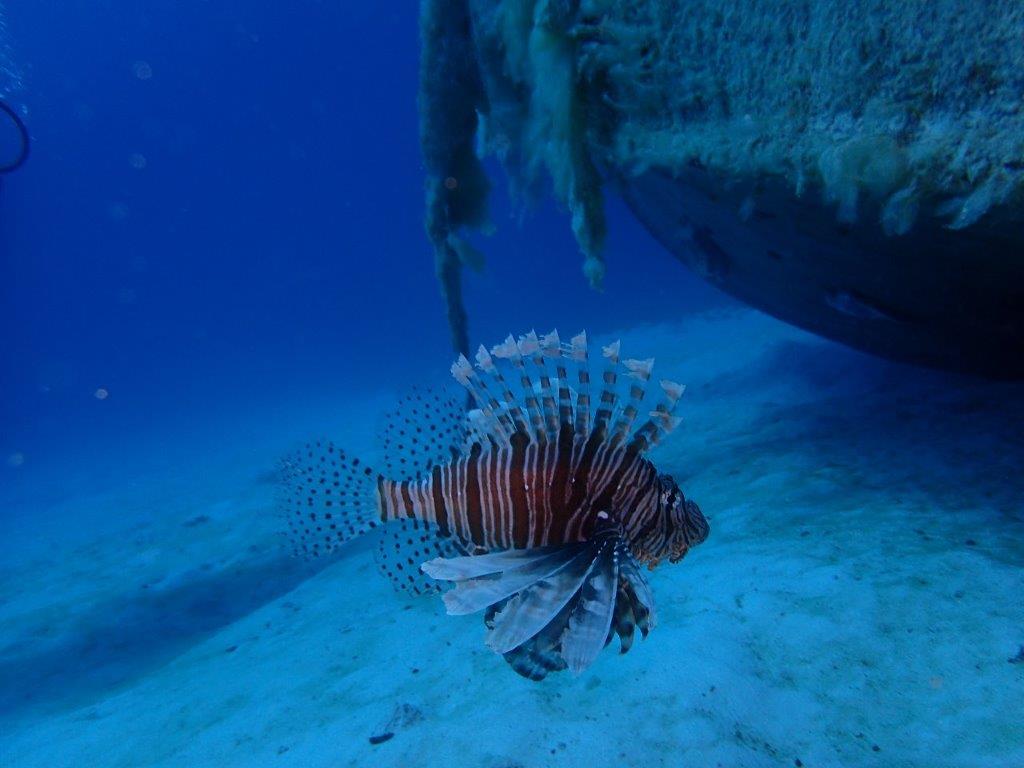
What do you imagine when someone says “seafood”? Often, the word evokes images of succulent shrimp, decadent lobster, or a buttery salmon.
In the past decade, however, lionfish has been popping up on menus in the Caribbean and Florida. And more recently, growing demand has spread its popularity more broadly.
How did this flashy-looking fish wind up on our dinner plates?
A Growing Concern
Lionfish, native to the Pacific, is an invasive species in Atlantic waters. Once introduced (likely released from private salt-water tanks), lionfish are now decimating native populations in reefs and ecosystems.
In the Pacific, they’re part of an ecosystem where they’re hunted by triggerfish and other predators that keep them in balance. In the Atlantic, they are unchecked and dangerous to native populations.
Lionfish cause a ripple effect, not only because they drive down numbers of local fish, but because they harm biodiversity. Reefs are delicate ecosystems that thrive on biodiversity–each reef species provides integral functions that maintain the health of the system. When one species or part of this habitat is removed or thrown out of balance, the entire system is put at risk.
A Tasty Solution
It turns out that lionfish meat is buttery, high in Omega 3 fatty acids, and highly versatile. Cooks can prepare it in a variety of ways, from a simple pan sautee to a fish fry.
Realizing this, restaurants and markets have responded to get lionfish out of our Atlantic waters and ecosystems. Recently, Whole Foods has started carrying it, and it’s appeared in the New York City restaurant where Ryan Chadwick showcases the product in his own lionfish distribution company. (One of the biggest concerns in preparing lionfish is removing their venomous spines. In response, Whole Foods has told fisherman that it will prepare the fish on site so that they don’t have to worry about this step.)
Lionfish consumption is no longer a local phenomenon.
Although some people may be concerned that a restaurant fad could lead to overfishing, lionfish numbers are increasing every year in areas that are not their natural habitat.
What’s the Role of the Consumer?
The lesson from this story is twofold:
(1) When it comes to wildlife and agricultural products, be very conscious of what you’re introducing into ecosystems. Laws that prohibit the release of species are in place to protect the delicate habitats we’re all embedded in.
(2) Next time you see something interesting like lionfish on a menu, don’t be afraid to try it. Use the Monterey Bay Aquarium’s Seafood Watch app to look up the fish you might otherwise eat and see how its ratings look. You just might find that lionfish is a tastier choice, and you’ll be able to do your part to save the world over dinner.

One thought on “Lionfish: How an Invasive Species Is Becoming a Culinary Phenomenon–By Samuel Leavitt”
Very well said and an important topic that needs to be talked about. Invasive species are very detrimental to all ecosystems and it’s great that many people are on board to solve this issue through a business lens.